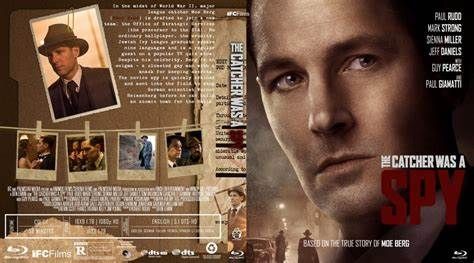
Rick Derringer, the versatile American musician, producer, and songwriter, recognized globally for leading The McCoys to a chart-topping success with “Hang On Sloopy” and his enduring solo hit “Rock and Roll, Hoochie Koo,” died on Monday at the age of 77. His caretaker, Tony Wilson, confirmed his passing in Ormond Beach, Florida, although no official cause of death was initially released. Mr. Wilson stated that Derringer had reportedly been experiencing various medical conditions in recent years, with TMZ reporting he had undergone triple bypass surgery two months prior.
With a career spanning an impressive six decades, the legendary Rick Derringer left an indelible mark on the music industry. Mr. Wilson’s statement on Facebook underscored Derringer’s profound impact, noting that his “legacy extends beyond his music, entertaining fans with his signature energy and talent.” Derringer’s journey through music was marked by an astonishing array of collaborations and stylistic ventures, establishing him as a Zelig-like figure who adapted and excelled across numerous genres.
From his early days as a teen star to his later work as a session virtuoso and Grammy-winning producer, Derringer cultivated a reputation for both fiery guitar prowess and an astute musical sensibility. This in-depth look explores the pivotal moments and significant contributions that defined the extraordinary career of Rick Derringer, celebrating his wide-ranging influence and the indelible void his passing leaves in the world of music.

1. **Early Life and the Genesis of a Hit: “Hang On Sloopy”**Richard Dean Zehringer, who would later be known professionally as Rick Derringer, was born in Celina, Ohio, on August 5, 1947. His musical journey began at an early age; he received a guitar for his ninth birthday and within weeks, was already performing on television, showcasing a precocious talent that would define his future. As a teenager, he formed a band called The McCoys, initially among other short-lived names, with his brother Randy and other youths in Indiana.
In the summer of 1965, The McCoys collaborated with the songwriting and production team The Strangeloves, who enlisted them as a backing band to record a cover of “My Girl Sloopy,” a song originally released by the R&B group The Vibrations. With a fresh, rocked-up arrangement and a slight title modification to “Hang on Sloopy,” the band’s rendition quickly ascended the charts. Derringer, still working under his born name and just shy of his 18th birthday, found himself at the helm of a national sensation.
The McCoys’ version of “Hang on Sloopy” reached the pinnacle of the Billboard Hot 100 that summer, dethroning Barry McGuire’s somber hit “Eve of Destruction” from the top spot. While it spent only one week at No. 1 before being replaced by The Beatles’ “Yesterday,” the song about a girl who lived in a bad part of town launched Derringer into teen stardom. The band briefly followed up this success with a cover of “Fever,” which peaked at No. 7 on the chart, but “Hang on Sloopy” remained their defining achievement.
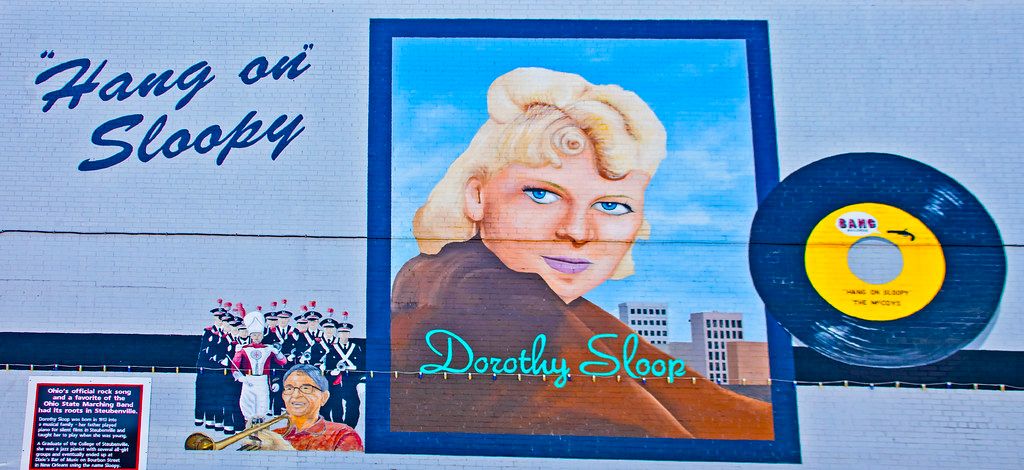
2. **An Enduring Anthem: “Hang On Sloopy” as Ohio’s Official Rock Song and Its Sports Legacy**Beyond its initial commercial success, “Hang on Sloopy” quickly transcended its status as a pop hit, embedding itself deeply within the cultural fabric of Derringer’s home state of Ohio. The song, with its distinctive sing-along chorus, became an immediate and lasting mainstay for Ohio State University football games. Fans enthusiastically adopted the track, making it a staple at sporting events throughout the Buckeye State, often accompanying it with the iconic “O-H-I-O” chant.
The song’s deep connection to Ohio’s identity was formally recognized two decades after its release. In 1985, the Ohio legislature officially declared “Hang on Sloopy” as the state’s official rock song. This legislative act cemented its cultural significance, highlighting the unique bond between the music and the regional pride it evoked, making it a rare example of a popular song achieving such formal recognition.
Even decades after its chart-topping debut, the anthem continued to resonate. Derringer himself recognized the song’s enduring power, noting in 2015 that people remember artists and return to see them repeatedly because they love their songs. The tradition of playing “Hang on Sloopy” at Ohio State football games has continued for decades, serving as a powerful testament to the song’s lasting impact and its role as a beloved, unifying musical touchstone for generations of Ohioans.
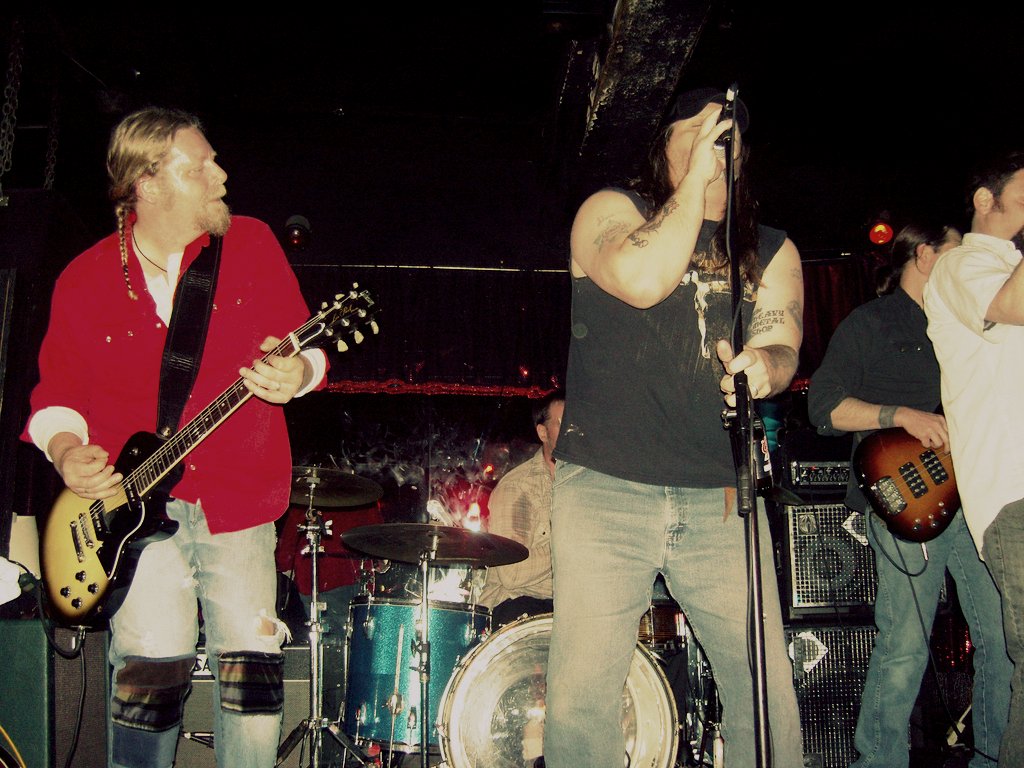
3. **The Solo Breakthrough: “Rock and Roll, Hoochie Koo” and Its Cultural Longevity**In the early 1970s, Rick Derringer solidified his presence as a formidable solo artist with the release of “Rock and Roll, Hoochie Koo,” a track that would become a classic rock staple. The song initially saw light in 1970, with Johnny Winter releasing a version on his album ‘Johnny Winter And,’ which featured Derringer and fellow McCoys members Randy Jo Hobbs and Randy Zehringer. This early iteration provided the groundwork for Derringer’s own definitive recording.
Derringer released his solo version of “Rock and Roll, Hoochie Koo” in 1973, featured on his debut solo album, ‘All American Boy.’ This version resonated strongly with audiences, climbing to No. 23 on the Hot 100 chart and establishing itself as a signature track in his extensive discography. The album also included instrumentals like “Joy Ride” and “Time Warp,” showcasing his versatility beyond vocal-driven rock numbers.
Remarkably, “Rock and Roll, Hoochie Koo” maintained its cultural relevance for decades. Its raw energy found new audiences through its inclusion in the soundtrack of the 1993 cult classic film “Dazed and Confused,” introducing it to a younger generation. Nearly 30 years later, the song experienced another resurgence when it was featured on the soundtrack for the fourth season of the hit Netflix series “Stranger Things,” underscoring its timeless appeal and cementing its place in popular culture across multiple eras.
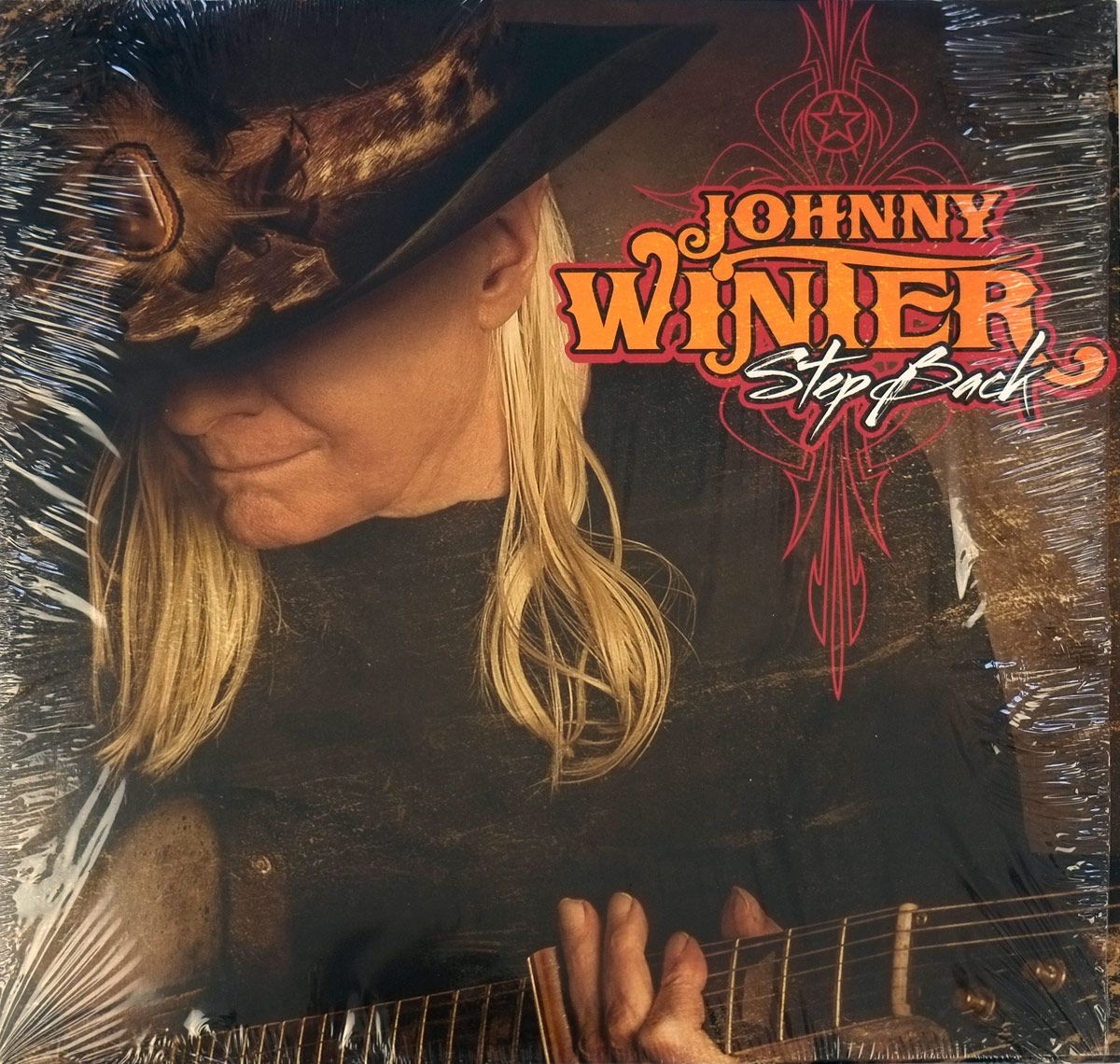
4. **Pivotal Collaborations with Johnny Winter: Crafting a Blues-Rock Legacy**Following the winding down of The McCoys, Rick Derringer transitioned into a new and highly significant phase of his career, aligning himself with the legendary blues guitarist Johnny Winter. This partnership proved to be a fertile ground for Derringer’s developing skills as both a performer and a producer. He featured prominently on several of Winter’s records, contributing his fiery guitar work and musical insights.
In 1971, Derringer appeared on three seminal records alongside Johnny Winter: “Johnny Winter And,” “Johnny Winter And-Live,” and “Edgar Winter’s White Trash.” The “And” album notably included the first version of Derringer’s own composition, “Rock and Roll Hoochie Koo,” which was also released as a single and later selected for “And – Live.” This period marked a deepening of his involvement in the blues-rock scene and expanded his artistic horizons beyond his earlier pop success.
Beyond his role as a featured player, Derringer also took on significant production responsibilities for Johnny Winter. He served as the writer and producer for Winter’s album “Still Alive and Well,” a testament to the trust and collaborative spirit that defined their working relationship. These early engagements with Johnny Winter were crucial in honing Derringer’s production acumen and solidifying his reputation as a formidable talent behind the console, paving the way for future production triumphs.
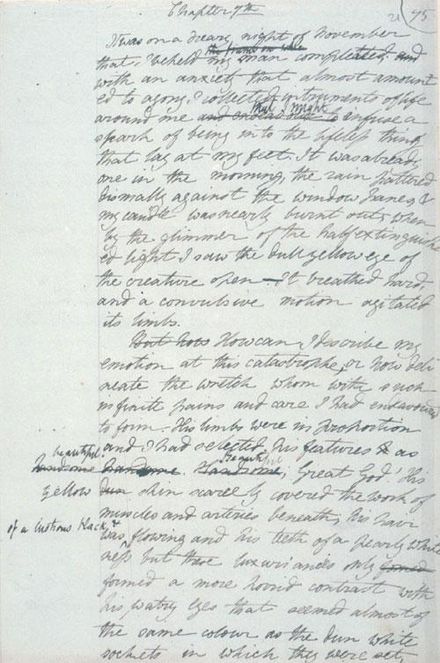
5. **Producing and Performing with Edgar Winter Group: The Phenomenal Success of “Frankenstein”**Rick Derringer’s collaborative journey continued with Johnny Winter’s brother, Edgar Winter, leading to some of the most commercially successful and critically acclaimed work of his career. Derringer joined Edgar Winter’s White Trash full-time, a move that would yield massive hits and further showcase his talents as both a performer and a producer. He notably produced the gold LP, “Roadwork,” solidifying his position as a key creative force within the group.
The partnership with Edgar Winter culminated in the production of the Edgar Winter Group’s hit album, “They Only Come Out At Night,” an album where Derringer was credited as both player and producer. This record featured the iconic No. 1, Grammy-nominated monster hit, “Frankenstein.” This instrumental track, which topped the Billboard Hot 100 in May 1973, derived its unusual title from the appearance of the master tape, which was so heavily spliced together that the musicians humorously likened it to the horror-movie character’s stitches. Derringer’s production was instrumental in shaping its unique sound and immense success.
In addition to “Frankenstein,” the album also spawned another popular track, “Free Ride.” Derringer’s integral role extended beyond production; he joined the Edgar Winter Group as their guitarist, replacing Ronnie Montrose shortly after “Frankenstein” became a hit, and remained with the band for the next three years. This period highlighted his dual capability to not only craft a song’s sound in the studio but also to deliver it with dynamic energy on stage, cementing his reputation as a multifaceted rock talent.
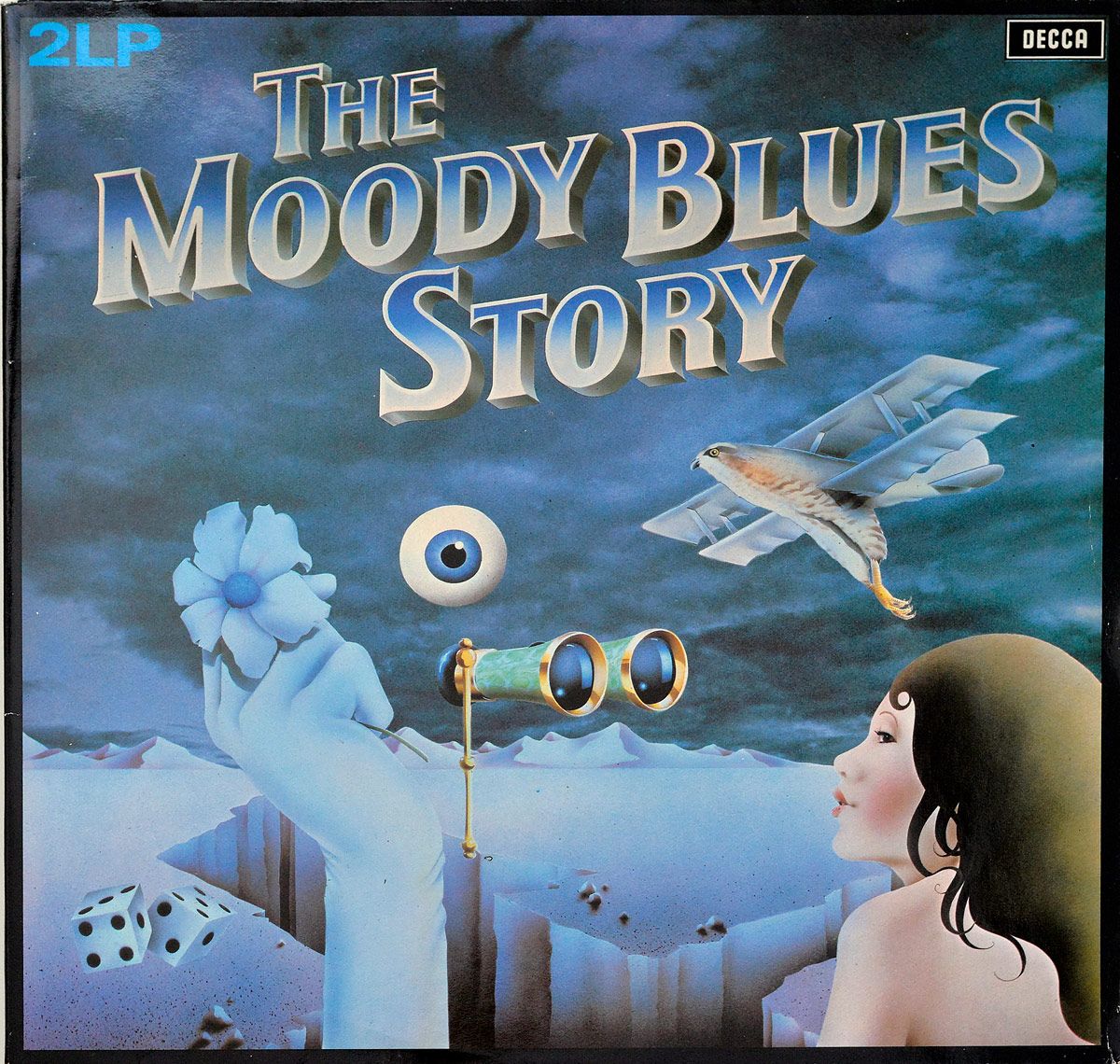
6. **A Prolific Session Musician: Contributions Across Diverse Musical Landscapes**Throughout the 1970s and 1980s, Rick Derringer distinguished himself as an exceptionally in-demand and versatile session musician, contributing his distinctive guitar work to an extensive array of albums by some of music’s most iconic artists. His ability to adapt his style to suit various genres made him a sought-after collaborator for acts spanning rock, pop, and even country-infused sounds, establishing him as a true “Zelig-like figure” in the music industry.
His session credits read like a who’s who of music legends. Derringer lent his guitar talents to several albums by the sophisticated rock band Steely Dan, including “Countdown to Ecstasy,” “Katy Lied,” and “Gaucho.” Beyond Steely Dan, his diverse collaborations extended to artists such as Todd Rundgren, Alice Cooper, and Kiss, showcasing his ability to enhance records with his signature energy and adaptable sound. He also notably worked on tracks for Barbra Streisand, further demonstrating the breadth of his appeal and technical skill.
Perhaps some of his most widely recognized session work came in the early 1980s when he supplied the iconic guitar solos on two massive singles penned by Meat Loaf mastermind Jim Steinman. These included Bonnie Tyler’s power ballad “Total Eclipse of the Heart” and Air Supply’s soaring hit “Making Love Out of Nothing at All.” These contributions solidified his legacy not just as a bandleader or solo artist, but as a critical, uncredited force behind some of the era’s biggest pop and rock anthems.

7. **Grammy-Winning Production: ‘Weird Al’ Yankovic and the Art of Parody**Rick Derringer’s versatility extended significantly into the realm of music production, where his keen ear and instrumental prowess proved invaluable to a diverse range of artists. One of his most notable and, perhaps, unexpected collaborations was with the comedic musician ‘Weird Al’ Yankovic. Derringer was instrumental in shaping Yankovic’s early sound, producing his first six albums and helping to define the quirky, yet musically precise, parodies that became Yankovic’s hallmark. This partnership not only yielded commercial success but also earned Derringer a prestigious Grammy Award.
The pinnacle of their joint efforts was the production of Yankovic’s 1984 hit ‘Eat It,’ a brilliant parody of Michael Jackson’s chart-topping single ‘Beat It.’ Derringer’s involvement went beyond just behind-the-boards guidance; he famously played the guitar solo on ‘Eat It,’ meticulously replicating Eddie Van Halen’s iconic original with a comedic twist. This attention to detail and musical fidelity, while serving a humorous purpose, underscored Derringer’s talent as a producer capable of elevating parody to an art form. The success of ‘Eat It,’ alongside ‘Who’s Fat’ (a parody of ‘Fat’), cemented Derringer’s legacy in comedy music production and earned him a Grammy for Best Comedy Recording, highlighting his ability to traverse genres with expertise.

8. **Crafting Iconic Anthems: The World of Professional Wrestling**Beyond the pop charts and comedy albums, Rick Derringer made an indelible mark on another arena of popular culture: professional wrestling. In the mid-1980s, his production talents were sought after for the World Wrestling Federation (WWF), leading him to produce ‘The Wrestling Album’ in 1985. This project saw Derringer not only producing but also co-writing many of the theme songs for the era’s biggest wrestling stars, effectively crafting the sonic identity of the burgeoning sports entertainment phenomenon.
Among his most enduring contributions to this world was the iconic theme song for Hulk Hogan, ‘Real American.’ Derringer himself wrote and performed this powerful track, which became synonymous with Hogan’s patriotic persona and pumped-up entrance. The song transcended its original purpose, gaining an unexpected cultural longevity. It was famously employed by President Barack Obama at the 2011 White House Correspondents’ Dinner, by Hillary Clinton during her presidential campaign, and by President Donald Trump, illustrating its widespread appeal and how it resonated with a broad spectrum of American identity. Derringer’s ability to infuse these themes with anthemic power demonstrated his unique understanding of how music could amplify persona and captivate an audience, leaving a lasting legacy in the realm of sports entertainment.
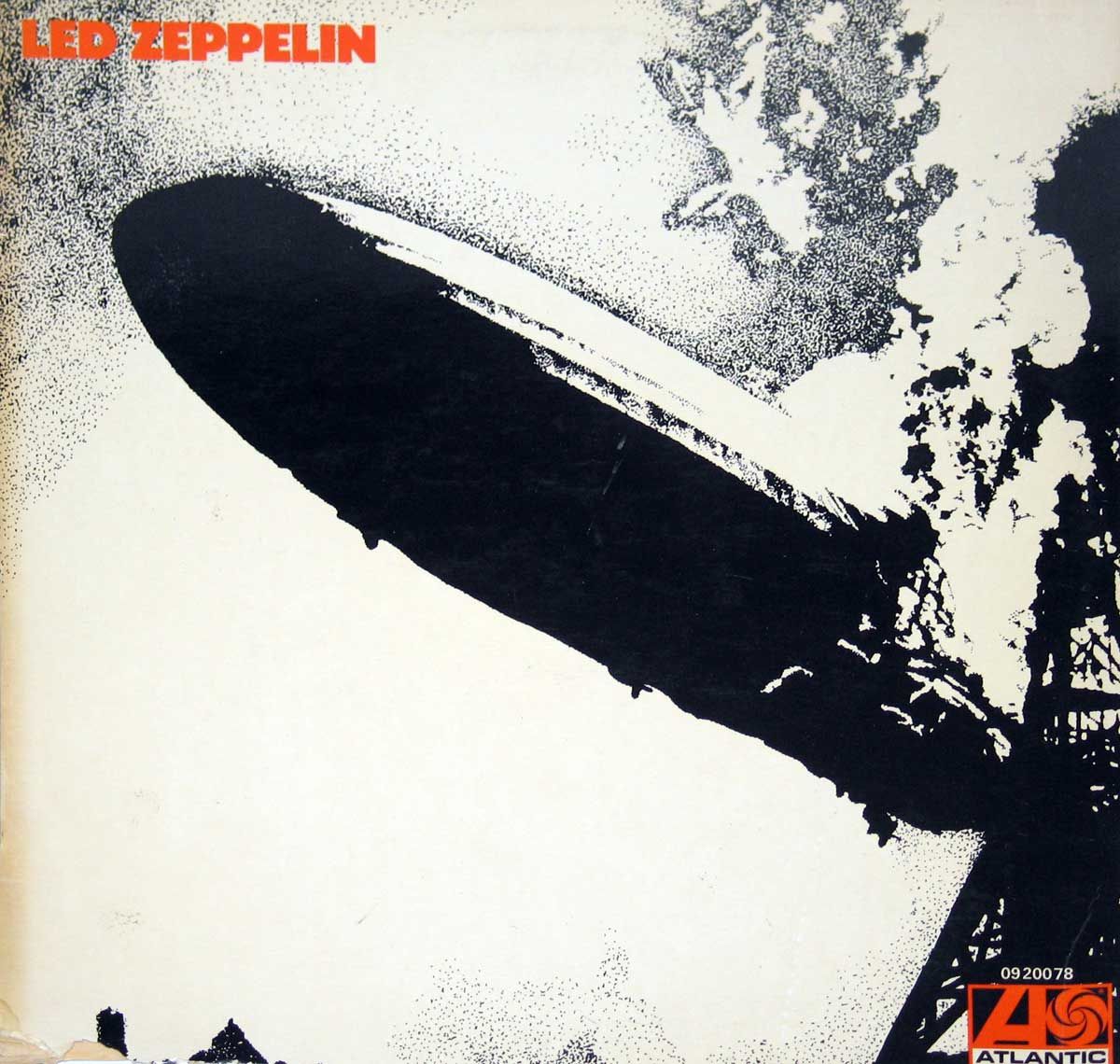
9. **Later Career Ventures: A Global Presence and Diverse Projects**Even as decades passed since his initial breakthroughs, Rick Derringer remained a vibrant and active force in the music world, continually exploring new avenues and collaborating with a wide array of artists. His later career was marked by extensive touring and a steady output of diverse musical projects, demonstrating his unwavering passion for performance and creation. He lent his formidable guitar skills to various supergroups and touring ensembles, maintaining a significant presence on stages across the globe.
The collaboration with Vanilla Fudge members Carmine Appice and Tim Bogert was particularly significant, leading to ‘Doin’ Business As…’ (DBA) in 2001, which was lauded for its ‘intense synergy’ with vocals, writing, and instrumentals shared by all three. This wasn’t just a one-off; a reprise for Derringer and Appice, ‘D-N-A,’ was released in 2004, further solidifying a creative partnership that brought a fresh intensity to his rock endeavors. These projects, alongside others like ‘Aiming 4 Heaven’ and ‘Rick Derringer Free Ride’ (released in 2002), underscored his continuous artistic exploration and his refusal to rest on past laurels. He remained committed to producing new music and collaborating, always seeking out new sonic landscapes to conquer, including four blues CDs from ’93 to 2000, and a return to rock and roll with ‘Tend the Fire.’
Even in his seventies, Derringer maintained a rigorous touring schedule. ‘Live At Cheney Hall,’ released in 2006, captured him in a powerful performance alongside Bruce Waibel and Tom Curiale, showcasing that his live energy remained undiminished. His involvement in multi-artist tours like Peter Frampton’s Guitar Circus was particularly illustrative, bringing together luminaries from across rock history. Performing alongside legends such as B.B. King, Roger McGuinn of The Byrds, Don Felder of the Eagles, Leslie West of Mountain, Rick Nielsen of Cheap Trick, Steve Lukather of Toto, David Hidalgo of Los Lobos, and Mike McCready of Pearl Jam, Derringer demonstrated his versatility and respected position within the pantheon of guitar greats. This era of his career served as a powerful reminder of his enduring passion for the craft, proving that his ‘signature energy and talent’ continued to entertain fans across generations, even joining ‘HippieFest’ in 2018 and playing on an anti-bullying campaign version of ‘Hang on Sloopy’ in 2019.
Read more about: Brent Hinds, Co-Founder of Mastodon, Dies at 51 in Motorcycle Accident

10. **Personal Evolution: From Rock Star to Real Estate and Philanthropy**Rick Derringer’s narrative extended beyond musical accomplishments, revealing a profound personal evolution that influenced his later life and artistic choices. Having navigated the often turbulent waters of the rock and roll world, he embarked on a significant spiritual journey. This newfound depth was marked by a ‘renewed interest in the Bible,’ leading him and his wife, Jenda, to become ‘born-again Christians.’ Their shared faith became a central pillar of their lives, inspiring several Christian-themed albums that showcased a different, more reflective facet of Derringer’s artistry. His upbringing as a Catholic saw a spiritual rebirth through a ‘river baptism in 1998,’ and by 2006, he was an active member of various evangelical churches in Florida, often sharing his musical gifts in this new context. He also aligned with conservative causes in his later years.
This personal transformation also saw Derringer embracing a more grounded, community-focused lifestyle in Florida, a considerable shift from his earlier years in Andy Warhol’s extended circle in New York. While he continued to tour, he also delved into less conventional pursuits for a rock star. Notably, in 2006, the Herald-Tribune reported his surprising venture into real estate, where he became a sales agent in Sarasota. This business acumen, combined with his and Jenda’s ownership of nine investment properties throughout Southwest Florida, highlighted a practical and financially astute side. Jenda, his ‘third and last wife,’ whom he married in 1998, was credited with helping him ‘manage the whole person, not just the career,’ signifying a period of holistic growth and stability. This chapter of his life demonstrated his remarkable capacity for reinvention and adapting to new challenges, revealing a man who found fulfillment not only in music but also in faith and community.

11. **Mentorship and Passing the Torch: Impact on Emerging Talent**Beyond his own prolific output, Rick Derringer also played a crucial role in nurturing and championing new musical talent, demonstrating a commitment to the future of the industry. His willingness to share his experience and expertise left an indelible mark on emerging artists, helping to shape their careers and guide their artistic development. This mentorship exemplified his generosity and his enduring belief in the power of music across generations.
A notable instance of this mentorship came in the 1990s when Derringer discovered Damon Fowler, a prodigious teenage guitarist from Brandon, Florida. Impressed by Fowler’s exceptional playing, Derringer took the young talent under his wing. He went on to produce Fowler’s 1999 debut album, ‘Riverview Drive,’ providing invaluable guidance that helped launch Fowler’s career. Fowler, who later achieved national recognition as a blues star, reflected on Derringer’s impact, stating, ‘Rick was a really great guy, a very interesting fellow, and I learned a lot from him. I cherish the time I got to spend with him. He was an amazing guitar player — one of the most fantastic I’ve ever had the chance to hang out with and see in person.’ This highlights Derringer’s role not just as a performer, but as a catalyst for others’ success, ensuring his influence resonated through new voices in music.

12. **A Zelig-like Figure: Rick Derringer’s Enduring and Versatile Legacy**The passing of Rick Derringer at 77 marks the end of an extraordinary six-decade career that truly positioned him as a ‘Zelig-like figure’ in the music industry. His ability to adapt, excel, and leave an unmistakable imprint across an astonishing array of genres and roles—from teen idol to blues-rock icon, session virtuoso, and Grammy-winning producer—is a testament to his boundless talent and insatiable musical curiosity. He was not merely a performer; he was a foundational architect of sounds that defined multiple eras.
His caretaker, Tony Wilson, aptly summarized his profound impact, stating, ‘Derringer’s legacy extends beyond his music, entertaining fans with his signature energy and talent. His passing leaves a void in the music world, and he will be deeply missed by fans, colleagues, and loved ones.’ Indeed, as Damon Fowler observed, ‘I don’t think people realize how much Rick was involved in music. He played all kinds of genres. He was a producer. He played on Steely Dan records. He helped Cyndi Lauper get a record deal, toured with her, and played on her early demos. He worked with ‘Weird Al’ Yankovic. And of course, Johnny Winter and Edgar Winter. That’s just scratching the surface. The guy was incredibly prolific. He truly loved music.’ Rick Derringer’s journey was a masterclass in musical versatility and enduring influence, ensuring his contributions will be celebrated for generations to come.
Rick Derringer’s indelible imprint on the fabric of American music is undeniable. From the infectious hooks of ‘Hang on Sloopy’ that united sports fans in Ohio, to the timeless guitar riffs of ‘Rock and Roll, Hoochie Koo’ that echoed through classic films and television, and his pivotal work behind the scenes shaping the sounds of others, his career was a vibrant tapestry of innovation and adaptability. His journey reminds us that true artistry transcends labels, finding expression in every note and every collaboration. Though he has departed, the echoes of his guitar, the power of his production, and the breadth of his artistry will continue to resonate, securing his place as a revered and truly American musical legend.


